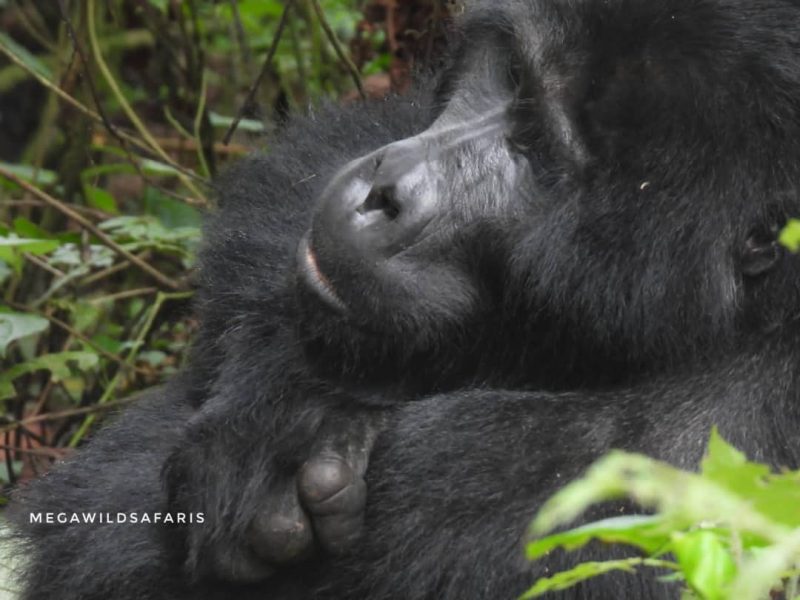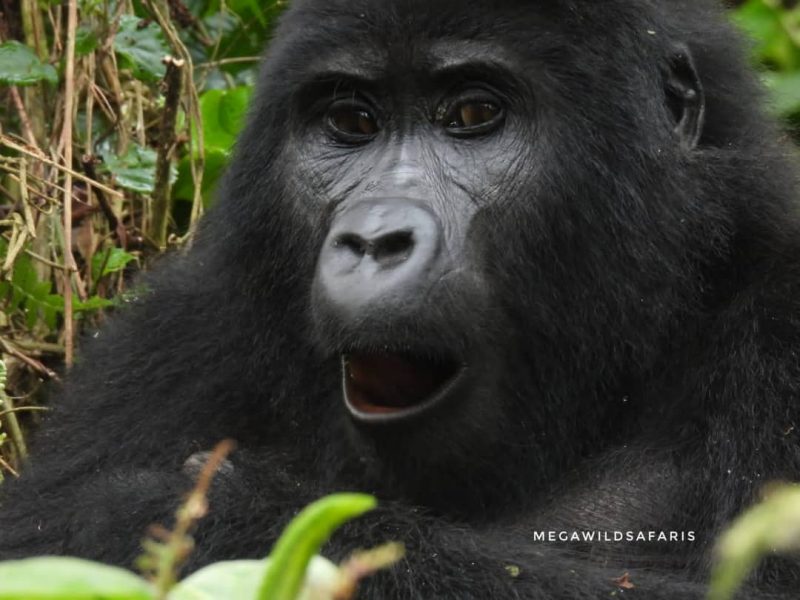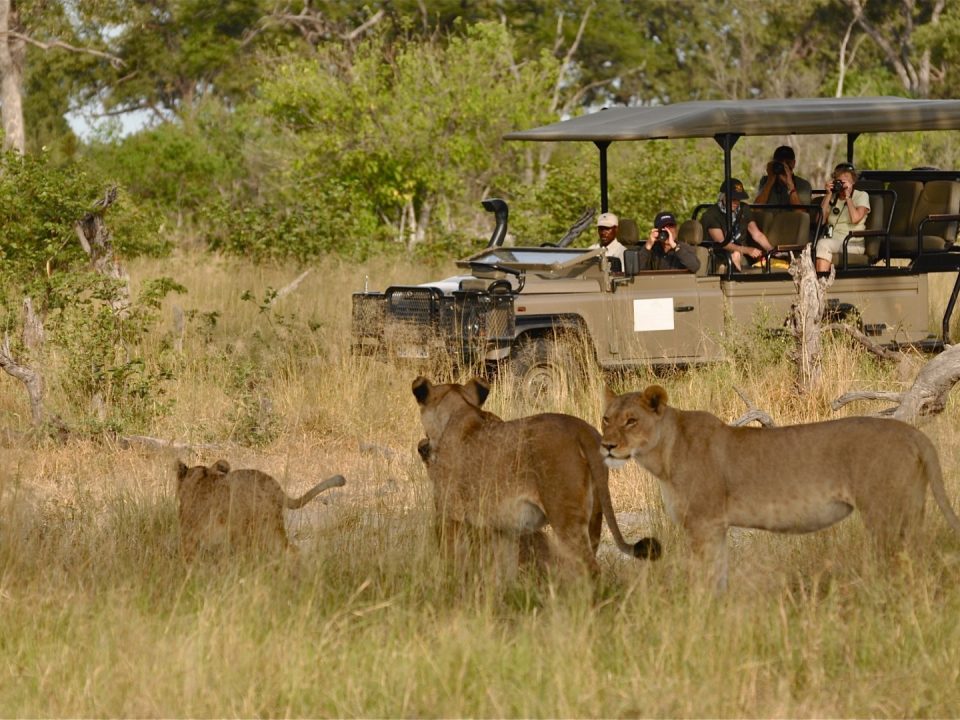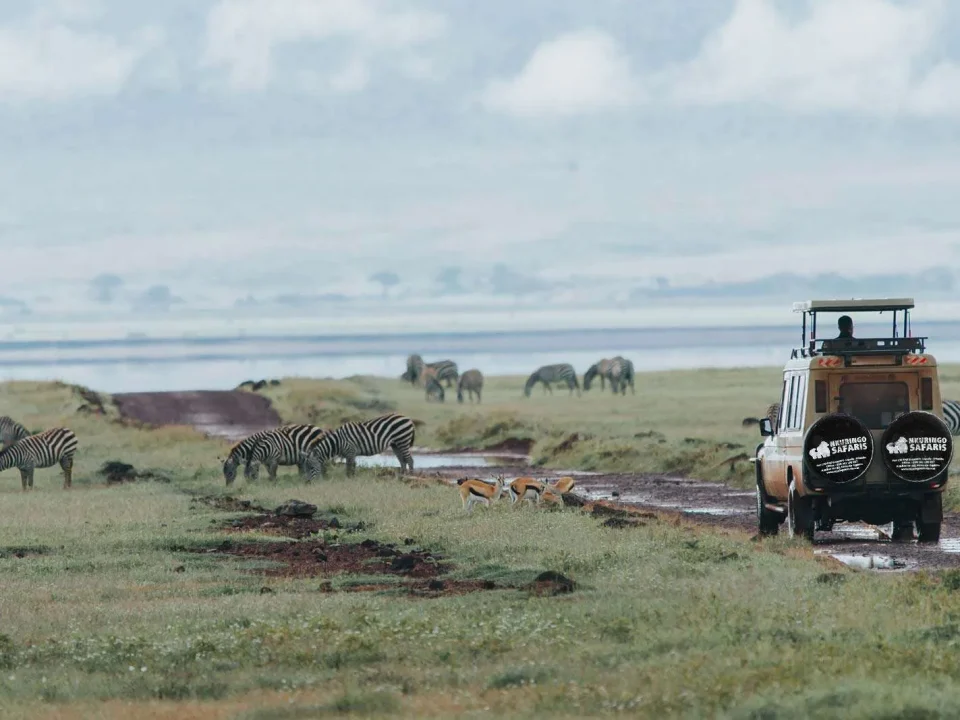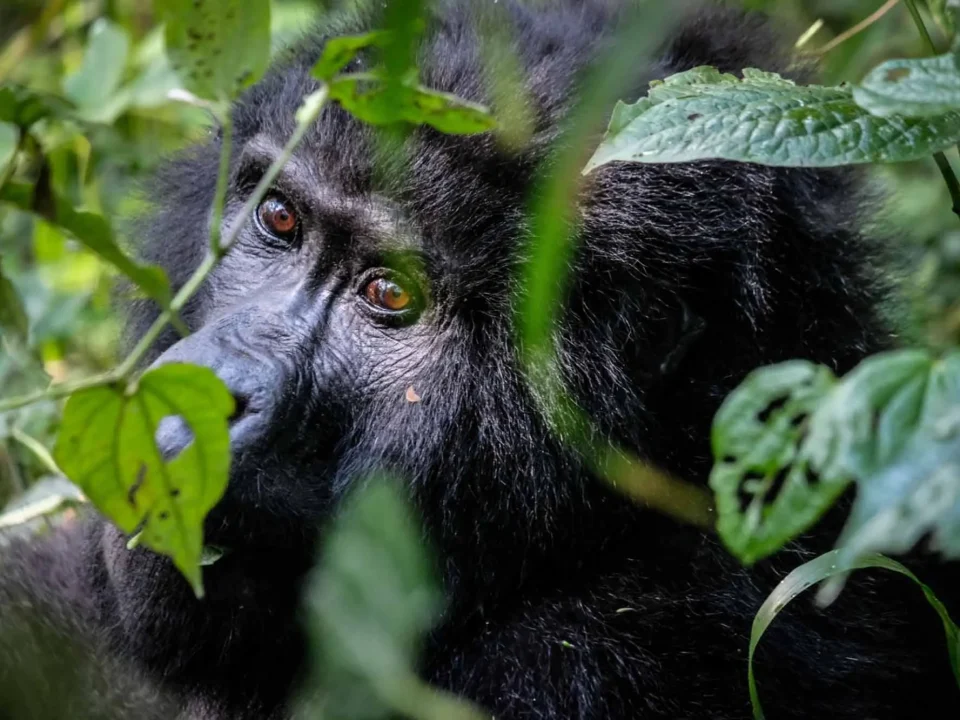
The Great Wildebeest Migration
June 30, 2021
Post-Covid 19 in Uganda – Travel Requirements and Sops
May 11, 2022Why Save Murchison Falls and Keep It Intact?
Why Save Murchison Falls and Keep It Intact? For the different tourists to adventure the mighty and the world’s most powerful waterfall proudly located in the Murchison Falls National Park Uganda.
“Electricity Regulatory Authority (ERA) has under section 29 of the Electricity Act 1999 received a notice of the intended application of a license from Bonang Power and Energy(Pty) Limited for the generation and sale of electricity from a hydropower plant proposed to be established near Murchison falls in Kiryandongo and Nwoya districts,”
According to the announcement dated 7th June 2019, the two companies are set to do feasibility studies and other activities leading to the development of the hydropower project along Murchison Falls.
The authority has subsequently asked any parties affected directly or indirectly by the move to present their comments to them.
Lily Ajarova Uganda Tourism Board, Chief Executive Officer in a post on her official Facebook page, described the move as being an act of madness to destroy an iconic feature.
“Who in their right mind would want the destruction of Murchison Falls, an iconic feature that is spectacular and none like it elsewhere,” the executive officer wondered.
She further explained that the falls are a major attraction to tourists visiting the Murchison Falls National Park where they experience; a boat trip to the bottom of the falls, a hike from the bottom to the top of the falls, the top of the falls being the most rewarding view.
“The ecosystem of Murchison Falls National park has both endemic and endangered species that if destroyed will not only affect the nation but the global community with species extinction, climatic change, among others. There are options for the required development. The Murchison Falls must not be destroyed.”
Amos Wekesa, another tourism enthusiast did not have a kind word for the move that he described as utter nonsense.
“We want to destroy every forest, every swamp, every waterfall in our lifetime? Are we the last generation,” Wekesa wondered? “What are we conserving for the next generation? Imagine if our ancestors had destroyed everything!!”
Jonathan Benaiah, the spokesperson for the Association of Ugandan Tours Operators said the move should be opposed by every sane Ugandan.
“Why are we so much after short quick gains at the compromise of natural resources which other nations can only wish they had? Crazy people to say the least,” Benaiah said.
“This country’s shallow-minded priorities; I still do not get. Maybe they should go ahead and compensate tourism investors rather than singing praises about the tourism sector being a leader in forex earnings, but only turning around to bring an ax to its neck thereafter.”
Well, this announcement was not received with wide open arms by the tourism industry in Uganda. As nature lovers and an advocate for conservation for generations, the Uganda Safari Chapter would say that this move is a blind one, one that is misleading the country into losing one of its iconic Sceneries.
Murchison Falls has caused men and women from all over the world and from all walks of life to come to visit this beautiful country, destroying it would be termed as greed.
Conservation means development as much as it does protection. We recognize the right and duty of this generation to develop and use the natural resources of our land, but we do support the destruction of its natural beauty.
If We stand to protect Murchison Falls dearly for the generation to come after us, “If conservation of natural resources goes wrong, nothing else will go right” – M.S. Swaminathan.
Here are some facts about Murchison Falls National Park.
Murchison Falls National park is part of the Murchison Falls Conservation Area together with Bugungu Wildlife Refuge and Karuma Wildlife Refuge.
The Park was started under colonial rule by the British in 1952 Sir Samuel Baker named them after Sir Roderick Murchison, president of the Royal Geographical Society. In the1970s, Idi Amin had his way and removed the British name reference and renamed the Falls “Kabarega”, after King Kabarega of Bunyoro.
Between the years 1907 and 1912, the inhabitants of an area of about 13,000 sq. km were evacuated due to sleeping sickness spread by tsetse flies. Giving birth to the Bunyoro Game Reserve in 1910, which encompassed roughly the area south of the Nile River (Masindi District) In 1928 the boundaries were extended into Gulu District north of the river, and the resulting protected area (PA) became known as the Bunyoro-Gulu Game Reserve.
In 1952, the British administration established the National Parks Act of Uganda. After forty years of reduced hunting in the Bunyoro – Gulu Game Reserve, the animal populations had expanded to an extent that justified upgrading the reserve, which became Murchison Falls National Park, one of the first two national parks, along with Queen Elizabeth National Park. At the top of Murchison Falls, the Nile forces its way through a gap in the rocks, only 7 meters (23 ft) wide, and tumbles 43 meters (141 ft), before flowing westward into Lake Albert.
Murchison Falls National Park lies at the northern end of the Albertine Rift Valley, where the sweeping Bunyoro escarpment tumbles into vast, palm-dotted savanna. First gazetted as a game reserve in 1926, it is Uganda’s largest and oldest conservation area, hosting 76 species of mammals and 451 birds.
Murchison Falls National Park was known as a game reserve set up to protect the savannah grassland that was talked about by Winston Churchill in 1907 as the great Kew Gardens along with the wildlife blended on restricted land.
Murchison Falls was a backdrop in John Huston’s famous movie, The African Queen. The film, which starred Humphrey Bogart and Katharine Hepburn, was filmed on location in 1951 in and around the Lake Albert port of Butiaba.
Some of the Authentic Uganda Gorilla Tour Packages
The 3 Days gorilla trekking safari Bwindi takes you through a thrilling mountain gorilla trekking adventure in Bwindi Impenetrable National Park. This package allows you to explore Bwindi Impenetrable Forest in Southwestern Uganda while on this short gorilla tour. View Details Here
4 days Bwindi gorilla safari & wildlife is one of the best short Uganda safaris. It provides you a great opportunity to enjoy a trek to view mountain gorillas in Bwindi Impenetrable National Park and game viewing in Queen Elizabeth National Park. It is an exceptional tour. View Details Here



